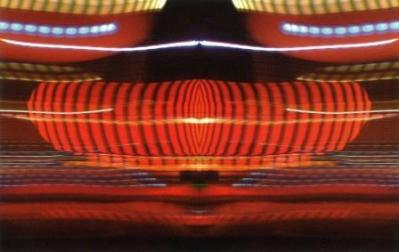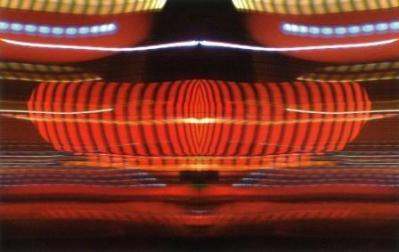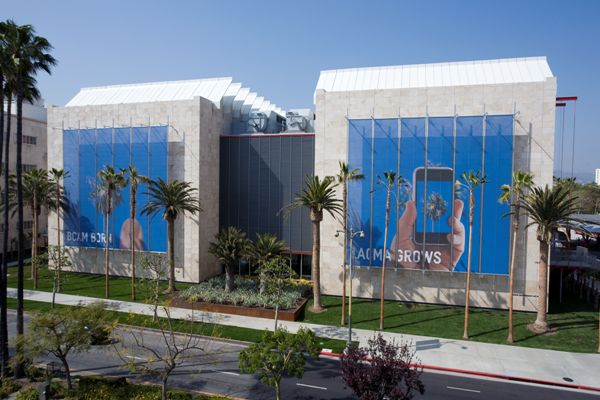Cellular phones have become an indispensable tool in today’s world. Now that mobile phones are morphing into devices that sync one’s phone, email, photos, and other types of social media into one sleek package, it’s only natural that some artists are gravitating toward these aptly named smartphones, some of which carry artistic tools.
Take David Hockney for instance. In an essay for the New York Review of Books, Lawrence Weschler describes the artist’s increasing fascination with the iPhone. Utilizing the Brushes application, Hockney has taken to creating images ranging from portraits, flower still lifes, and seascapes. Unlike canvases, Hockney describes these smartphones with art applications as a “medium of pure light, not ink or pigment, if anything more akin to a stained glass window than an illustration on paper.” (Click here to see his images.)
Other artists have also begun to incorporate the use of smartphones (particularly iPhones) in their work. The New Yorker featured Jorge Colombo’s artwork on its June 1 cover, done entirely by an iPhone using the Brushes application. You can even see the step-by-step process here:
Local artist Bob Poe recently featured his work at Bergamot Station a few months ago, his works of abstraction playing with the simple capabilities of a camera phone and the combination of light and color.

Bob Poe, Cover, 2009
John Baldessari even toys with the concept of digital imaging on large panels facing Wilshire Blvd. that grace LACMA’s very own BCAM, juxtaposing one panel where an image of a palm tree is taken with an iPhone next to another panel showing an older method of image taking: using a thumb and pencil.
So what does this say about future tools of technology and their place as a medium in the art world? After all, smartphones—be it an iPhone, Droid, or the new Nexus One—have become the modern day Swiss Army knife, and just like any tool, they can easily fall behind to newer, more innovative versions. And while they will never (nor should) take the place of pencils, brushes, and SLR cameras entirely, other media can certainly make room for it as we can only watch and wonder how artists adapt to these advances in technology within their creative environment.




